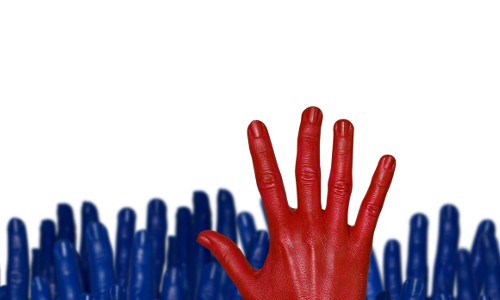by Raffaella Burioni
Abstract: In the maintenance and development of social interactions, individuals invest heterogeneously according to diverse strategies. Firstly, not all individuals are equally socially active and they show different propensity to social interactions, resulting in a diverse number of contacts in a given observation time. Secondly, individuals may allocate social interactions in different ways, either by favouring the strengthening of a limited number of strong old ties or by the exploration of weak ties opening access to new information, new people and communities.
We propose and solve a dynamic network model with a rule of links formation that explicitly takes into account heterogeneity in social activity and new and old tie allocation. In particular, we propose a general functional form for the social allocation mechanism, able to fit empirical observations on several dataset. Interestingly, we observe, across all the datasets, that the larger the degree, the smaller is the probability of creating a new tie.
Starting from a generalized version of the Polya’s urn, we develop a dynamical model of network evolution and formulate a mechanism, based on “adjacent-possible” theory, able to catch the many features observed in real growth of the individual’s set of social contacts. We then show how our approach can be tuned to reproduce different paradigmatic real-world networks and to describe novelty exploration in different kind of human interactions.
